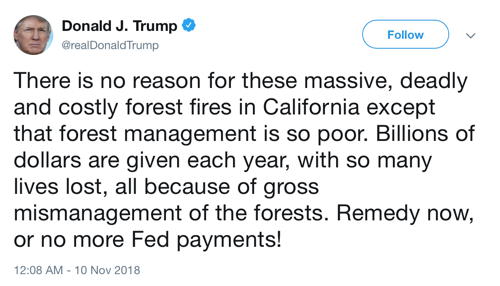As I write this (and I say this mainly for posterity, not for anyone who reads this in the next few days), we’re about 5 months into the COVID-19 pandemic in the United States, and over 3 months into the shelter-in-place measures which have closed down much of the economy.
Just under 110,000 Americans have died from the virus, with about 2 million having tested positive. However, testing in the U.S. has been woefully inadequate, due in large part to the inaction of the Racist Impeached President Trump administration – since usually government action and coordination is key in driving nationwide efforts to deal with an emergency – so its likely far more people have been infected. A case fatality rate of 1% means that about 11 million people – around 3% – of the population has been infected. Adjust accordingly if you believe the fatality rate is actually higher (which would be bad) or lower (which would be good, but still pretty bad even at 0.5%).
In other words, the pandemic is a long, long way from being over.
Despite this, the nation is starting to “open up”. It differs by state – some states never really entered full ‘lockdown’ – but even California is allowing outdoor dining at restaurants, retail is reopening, and I think we’re on the cusp of hair and nail and similar stores reopening. (I honestly haven’t been following the details that closely as there are some businesses I just don’t plan to visit any time soon.)
We’ve also had the Black Lives Matter protests – as well as some other, smaller (and in some cases far stupider) gatherings – over the last few weeks, where mask wearing has been haphazard and physical distancing difficult or impossible.
COVID-19 has a gestation time of about 2 weeks, which means right about now we’d expect to be seeing additional cases, but it’s difficult to be sure due to the poor testing. The number of new cases reported nationally has been going down very slowly, but it’s going up in some states such as California and Texas. It’s hard to know whether this is due to more cases, or more testing. This is one reason that I look to the death rate rather than the reported case rate. We’ll probably know a lot more by the end of July, unfortunately in the form of a spike in deaths (or not).
The question I keep coming back to is: How many people will get the virus before we develop immunity?
Some people have advocated letting the virus run its course through the population for us to develop herd immunity. But if it takes at least 70% of the country catching the virus to develop herd immunity, that means 230 million people. And that means between 1 million and 4 million deaths – maybe more, if the medical infrastructure gets overwhelmed. Sweden elected not to enact significant social changes and it hasn’t been going well for them. The other issue with this approach is that we don’t yet know whether people who catch and then recover from the virus end up with durable immunity, and many people who survive have significant health problems. So it’s a painful and risky approach.
(When I’ve occasionally butted heads with someone who thinks herd immunity is the way to go, I’ve noted that they should be prepared to say goodbye to between 1 and 5 of every hundred people they know. This goes over about as well as you’d expect.)
Most experts think we’ll need to develop a vaccine. Putting aside the question of whether we can develop a vaccine (which we don’t yet know one way or the other), experts agree that it will take at least 18 months to develop a vaccine which we know works and is safe (i.e., that won’t kill or injure the people who get it) and it could take 3-to-4 years.
So even if we continue to impose physical distancing and masks and other measures, how many people are going to end up catching the virus anyway in that time? If 11 million people have been infected so far, that probably means 33 million by the end of the year, and double that before a vaccine is developed, assuming it’s developed in the 18-month window and is rolled out more-or-less instantaneously. 66 million a lot less than 230 million, but still a lot of deaths.
But now the country is starting to re-open, which means more people may be infected, at a faster rate. Humans are social animals, and our economy and social structures are based around getting together in groups. And it’s just very, very hard for humans as a group to make significant sacrifices over a long period of time to combat an emergency. Historically – for example, during war – this behavior is reinforced through strong leadership at many levels, but especially driven from a unifying force at the top. The United States obviously doesn’t have that – we have the opposite of that – and the mid-level leaders such as the governors don’t have the social capital to maintain this level of sacrifice indefinitely.
I don’t think it’s necessarily impossible to find a way to start re-opening and country safely, but I don’t think the people motivating the re-opening are interested in “safely”, they’re just interested in “re-opening”. So I believe things are going to continue to open up, and then the virus will spread faster, people will get sick and die, medical facilities will be overwhelmed, and things will get worse.
I could be wrong. There are a lot of things we don’t know (for example, maybe face masks are a magic bullet – if we can convince people to use them). But based on what we know so far, I think it’s going to be a long summer, possibly leading into a painful autumn.
We’re much closer to the beginning of this than the end.


